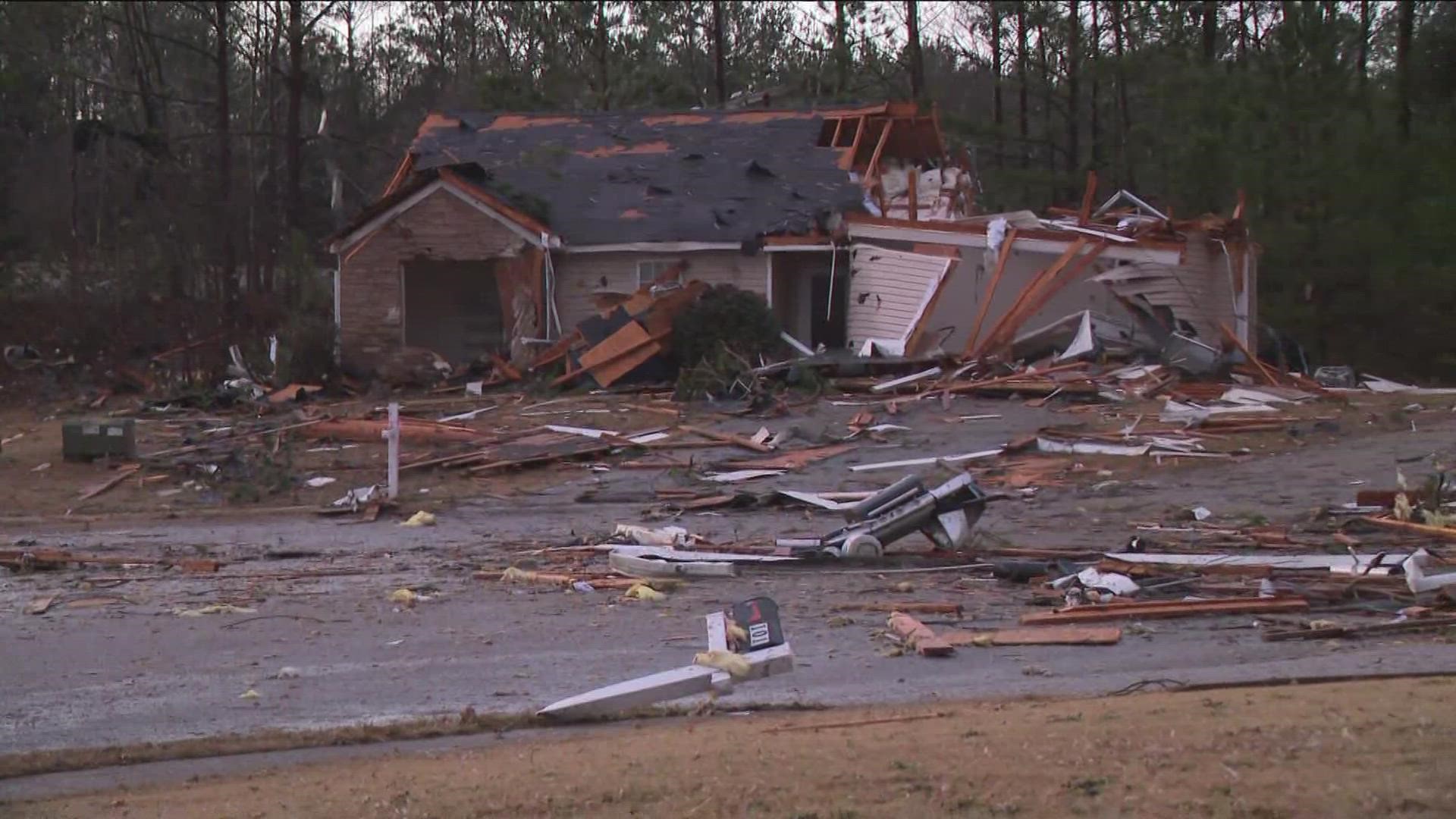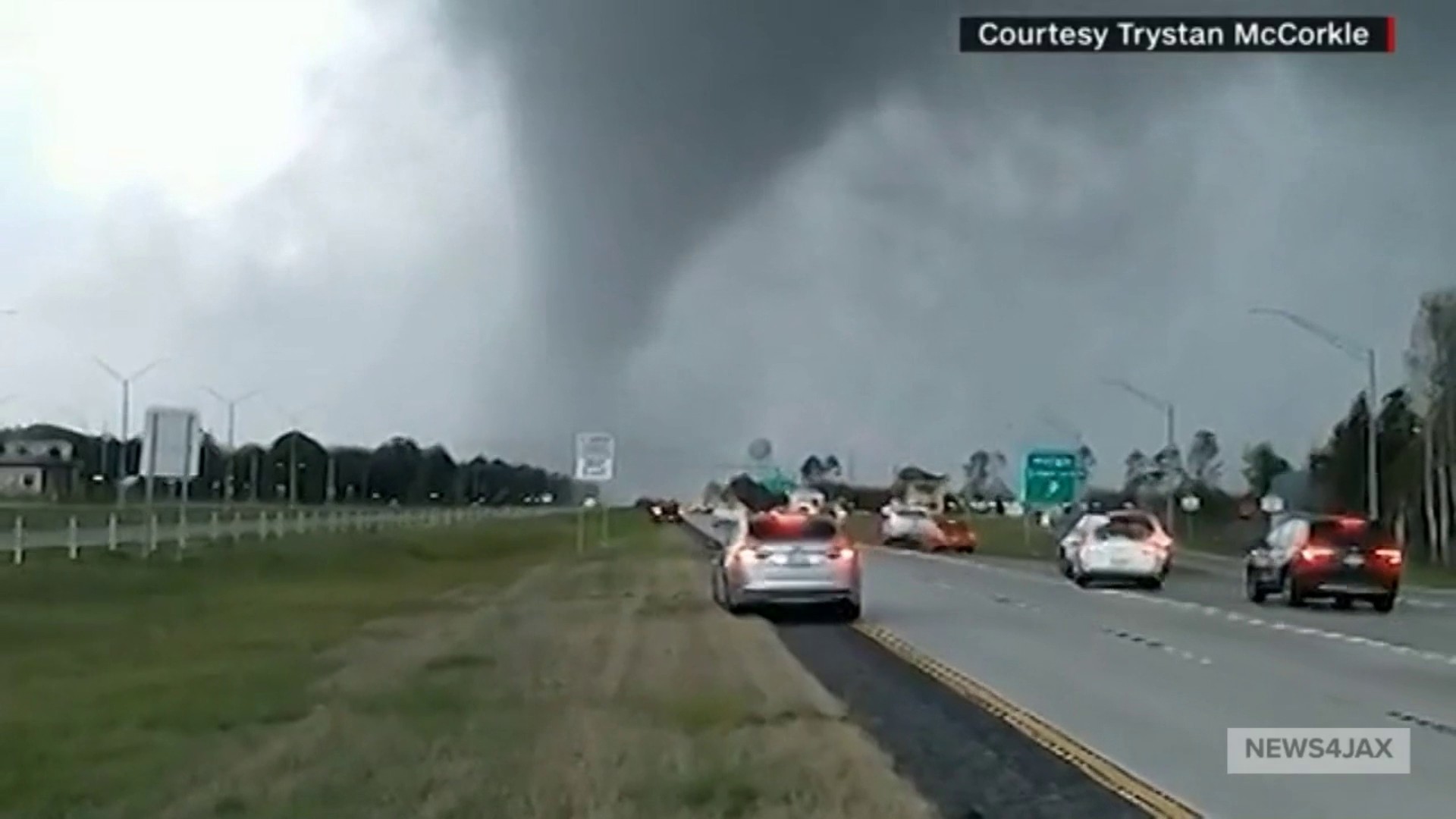Tornado Safety and Preparedness

Tornado allegan – Tornadoes are violent, rotating columns of air that extend from the base of a thunderstorm cloud to the ground. They can cause widespread destruction and are often accompanied by high winds, hail, and lightning.
Amidst the chaos of the tornado in Allegan, residents braced themselves for the approaching storm. As the sirens wailed, news of a tornado warning in Fulton, Missouri sent shivers down their spines. The uncertainty of the storm’s path left them on edge, wondering if their homes would be spared the wrath of nature’s fury.
Yet, amidst the fear, a sense of community prevailed as neighbors came together, offering support and reassurance, determined to weather the storm together.
There are different types of tornadoes, each with its own characteristics:
- Weak tornadoes (EF0-EF1) have wind speeds of up to 110 mph and can cause damage to trees, power lines, and structures.
- Strong tornadoes (EF2-EF3) have wind speeds of up to 165 mph and can cause significant damage to buildings and infrastructure.
- Violent tornadoes (EF4-EF5) have wind speeds of up to 200 mph and can cause catastrophic damage and loss of life.
It is important to be prepared for a tornado and to know what to do if one occurs. Here are some safety tips:
Before a Tornado
- Have an emergency plan in place and know where you will go if a tornado warning is issued.
- Identify a safe place in your home, such as a basement or interior room on the lowest floor.
- Keep a battery-powered radio and flashlights on hand.
- Have a first-aid kit and other emergency supplies.
During a Tornado
- If you are outside, seek shelter in a sturdy building or underground.
- If you are in a car, pull over to the side of the road and stay inside the vehicle.
- Lie down in a ditch or low-lying area and cover your head with your hands.
After a Tornado
- Check yourself and others for injuries.
- Stay away from damaged buildings and downed power lines.
- Report any damage to your local authorities.
Tornado History and Impacts: Tornado Allegan

Allegan County has experienced several notable tornadoes throughout its history, leaving lasting impacts on the community. These events have ranged in intensity and have caused varying degrees of damage and loss.
The recent tornado in Allegan serves as a sobering reminder of the destructive power of nature. While we extend our sympathies to those affected, it’s crucial to stay informed about potential weather threats. For the latest updates on tornado warnings, visit our website, where you can also find valuable information on tornado safety measures.
By being prepared, we can minimize the impact of these unpredictable events and safeguard our communities.
The frequency of tornadoes in Allegan County is relatively low compared to other areas of the United States, but the county is not immune to these destructive storms. On average, the county experiences one tornado every five to ten years.
The tornado in Allegan was a powerful force of nature, leaving a trail of destruction in its wake. To track the storm’s path, meteorologists relied on the Kalamazoo radar , which provided real-time updates on the tornado’s movement. Thanks to the radar’s accuracy, emergency responders were able to issue timely warnings, helping to save lives and minimize damage in the affected areas.
Economic Impacts
Tornadoes can have a significant economic impact on Allegan County. The damage caused by these storms can range from minor property damage to complete destruction of homes and businesses. The economic costs associated with tornadoes include:
- Property damage
- Business interruption
- Loss of income
- Infrastructure damage
Environmental Impacts
Tornadoes can also have a significant environmental impact on Allegan County. The high winds associated with these storms can cause widespread damage to trees and vegetation, leading to soil erosion and habitat loss. Tornadoes can also disrupt the natural flow of water, causing flooding and other environmental problems.
The wrath of the tornado that ravaged Allegan left an unforgettable scar. As the storm subsided, the aftermath revealed another environmental concern: e coli contamination in Lake Anna. The storm’s torrential rains washed animal waste into the lake, creating a health hazard.
Back in Allegan, the tornado’s fury had torn through homes and businesses, leaving behind a trail of devastation that would take years to rebuild.
Tornado Forecasting and Warning Systems

Predicting and warning about tornadoes is crucial for public safety. Meteorologists employ various methods to forecast and predict tornadoes, including:
Weather Monitoring and Forecasting
Meteorologists monitor weather conditions, such as wind speed, wind direction, and atmospheric instability, using weather stations, radar, and satellite imagery. These data are analyzed to identify areas with potential for tornado development.
In the wake of the devastating tornado that ravaged Allegan, reports of a separate tornado warning in Kalamazoo have raised concerns. The Kalamazoo tornado warning serves as a stark reminder of the unpredictable nature of these storms. While Allegan grapples with the aftermath of the tornado, residents of Kalamazoo must remain vigilant and heed the warnings issued by local authorities.
Numerical Weather Prediction Models, Tornado allegan
Computer models simulate weather conditions and predict future atmospheric conditions. These models incorporate data from weather stations, radar, and satellites to generate forecasts that can predict tornado-prone areas.
Storm Spotters and Chasers
Trained storm spotters and chasers provide valuable information about tornado sightings and damage. Their reports help meteorologists refine tornado forecasts and issue timely warnings.
Types of Tornado Warnings
When a tornado is imminent or already occurring, the National Weather Service issues tornado warnings. These warnings are categorized based on their severity:
Tornado Watch
A tornado watch indicates that conditions are favorable for tornado development. People in the affected area should be prepared to seek shelter.
Tornado Warning
A tornado warning means that a tornado has been spotted or indicated by radar. People in the affected area should immediately seek shelter in a sturdy building or underground.
Role of Technology
Technology has significantly improved tornado detection and warning systems:
Doppler Radar
Doppler radar detects the movement and speed of precipitation particles, allowing meteorologists to identify rotating updrafts that may indicate tornado formation.
Mobile Weather Apps
Mobile weather apps provide real-time weather information, including tornado warnings and safety instructions, to the public.
Social Media
Social media platforms enable rapid dissemination of tornado warnings and information about tornado-affected areas.